Parent Resources
Developmental Dysplasia of the Hip
What is Developmental Dysplasia of the Hip?
What Causes Developmental Dysplasia of the Hip?
Who gets Developmental Dysplasia of the Hip?
What are the Symptoms of Developmental Dysplasia of the Hip?
How is Developmental Dysplasia of the Hip Diagnosed?
How is Developmental Dysplasia of the Hip Treated?
What are the Complications of Developmental Dysplasia of the Hip?
What is Developmental Dysplasia of the Hip?
Developmental dysplasia of the hip (aka Congenital Hip Dysplasia) is generally identified
in the newborn period. The term describes a spectrum of hip problems that ranges
from mild movement of the femur (upper leg bone) in the acetabulum (cartilaginous
lining of the hip) to complete dislocation of the femur from the acetabulum. The
femur is dependent on the proper formation of the acetabulum to help keep the femur
in a stable environment. Instability (movement or subluxation) in the hip of a newborn
can lead to abnormal development of the hip joint.
What Causes Developmental Dysplasia of the Hip ?
Multiple factors may result in the development of an unstable hip joint. Children
who have been in a breech position prior to delivery are at a higher risk of developing
this condition. Low amniotic fluid (oligohydramnios) or a small uterus (in a first
born child) may result in improper positioning of the femurs in respect to the hip
joint.
Who gets Developmental Dysplasia of the Hip?
First-born female newborns are more prone to developing this condition. It generally
occurs in 0.5 2% of all live births. The presence of a breech position or a positive
family history are other factors that will increase the risk.
What are the Symptoms of Developmental Dysplasia of the Hip?
Your child’s health care provider will examine your infant at birth or at the two
week visit for certain signs of a dysplastic hip. At times, the provider may identify
a click with movement of the femur. This should not be mistaken for instability
of the hip for 10% of normal newborns will have a click. As a child gets older,
she or he may develop a limp, hip pain or, rarely, some degenerative disease in
the hip if the condition is not treated properly.
How is Developmental Dysplasia of the Hip Diagnosed?
The Ortalani and Barlow maneuvers will be done by your child’s health practitioner
to detect mild or significant subluxation of the hips. The symmetry of the gluteal
fold (the fold of skin below each buttocks) is closely examined (although normal
children can have an asymmetric fold). When your child’s practitioner is suspicious
of dyplasia, an ultrasound of the hips will be obtained to look for abnormalities
of the hip as well as subluxation.
How is Developmental Dysplasia of the Hip Treated?
A Pavlik harness can be used to align the femur and acetabulum so that proper growth
and development of the hip joint can take place. This harness is effective 95% of
the time if it is used prior to 6 months of age. The harness bends the legs at the
knee, as well as bends the hip at approximately 90 degrees, placing the femur in
an ideal location within the acetabular space. The harness is worn 24 hours a day
for a minimum of 6 weeks.
A plain x-ray of the hip may occasionally be required to monitor the progress of
the hip.
What are the complications of Developmental Dysplasia of the Hip?
In rare circumstances, a child will require surgery to repair the hip joint. Poor
vascularization of the head of the femur is a rare complication.
References
American Academy of Pediatrics. Clinical Practice Guideline: Early Detection of
Developmental Dysplasia of the Hip.
Reviewed by: Daniel J. Feiten MD
This Article contains the comments, views and opinions of the Author at the time
of its writing and may not necessarily reflect the views of Pediatric Web, Inc.,
its officers, directors, affiliates or agents. No claim is made by Pediatric Web,
the Author, or the Author’s medical practice regarding the effectiveness and reliability
of the statements contained herein and such individuals and entities disclaim any
and all liability for the comments and statements contained in this Article and
for any use or misuse of the statements made in this article in any specific medical
situations. Further, this Article is intended to be general in nature and shall
not be considered medical advice. The statements made are not to be utilized to
diagnose and/or treat any individual’s medical symptoms. If you or someone you know
has symptoms which you believe are similar to this Article, you should discuss such
symptoms with your personal physician or other qualified medical practitioner.
Powered by RemedyConnect
disclaimer
Denver Data Feed

